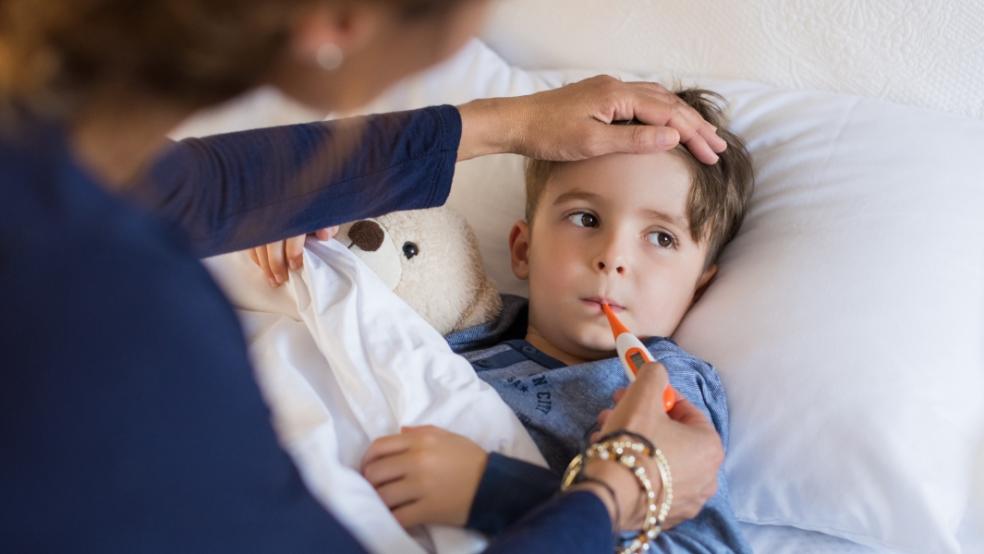
What do you need to know about scarlet fever and Group A Strep infections?
You may have seen in the news this week that there has been an increase in Scarlet Fever and invasive Group A Strep infections in children.
Parents and carers know their children best, so we want to remind you of the symptoms for both illnesses and share advice on what to do if you are concerned about your child.
What is Scarlet Fever?
Scarlet fever is a common childhood infection which is usually a mild illness treated with antibiotics, but it is highly infectious.
It is caused by bacteria called 'group A streptococci'. These bacteria also cause other respiratory and skin infections such as strep throat and impetigo.
In very rare occasions, the bacteria can get into the bloodstream and cause an illness called invasive group A strep. While still uncommon, there has been an increase in invasive goup A strep cases this year, particularly in children under 10 year old.
What are the symptoms of Scarlet Fever?
The early symptoms of scarlet fever include sore throat, headache, fever, nausea and vomiting.
After 12 to 48 hours, the characteristic red, pinhead rash develops, typically first appearing on the chest and stomach, then rapidly spreading to other areas, and giving the skin a sandpaper-like texture.
The scarlet rash may be harder to spot on darker skin, although the 'sandpaper' feel should be there.
Patients typically have flushed cheeks and may be pale around the mouth. They might also develop a bright red ‘strawberry’ tongue.
What is invasive Group A Strep (iGAS)?
Group A streptococcus (GAS) is a common bacteria. Lots of us carry it in our
throats and on our skin and it doesn’t always result in illness.
The most serious infections linked to GAS come from invasive group A strep, known as iGAS. In rare cases, an iGAS infection can be fatal.
Strep A infection is spread by close contact with an infected person and can be passed on through coughs and sneezes or from a wound.
Good hand and respiratory hygiene are important for stopping the spread of many bugs.--
By teaching your child how to wash their hands properly with soap and warm water for 20 seconds, using a tissue to catch coughs and sneezes, and keeping away from others when feeling unwell, they will be able to reduce the risk of picking up, or spreading, infections.
You can help stop the spread of infection at home through frequent hand washing and by not sharing eating cutlery, clothes, bedding and towels. All used tissues should be binned immediately.
When should I seek medical help?
If you think you or your child might have scarlet fever:
- contact your GP or NHS 111 as soon as possible. Early treatment with antibiotics is important to reduce the risk of complications such as pneumonia or a bloodstream infection
- make sure your or your child completes the full course of any antibiotics prescribed
- stay at home, away from nursery, school or work, for at least 24 hours after the start of antibiotic treatment to avoid spreading the infection to others
Contact NHS 111 or your GP if:
• your child is getting worse
• your child is feeding or eating much less than normal
• your child has had a dry nappy for 12 hours or more or shows other signs of dehydration
• your baby is under 3 months and has a temperature of 38C, or is older than 3 months and has a temperature of 39C or higher
• your baby feels hotter than usual when you touch their back or chest, or feels sweaty
• your child is very tired or irritable
Call 999 or go to A&E if:
• your child is having difficulty breathing – you may notice grunting noises or their tummy sucking under their ribs
• there are pauses when your child breathes
• your child’s skin, tongue or lips are blue
• your child is floppy and will not wake up or stay awake
Article credit - Devon County Council













